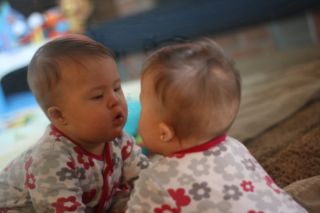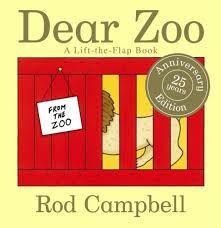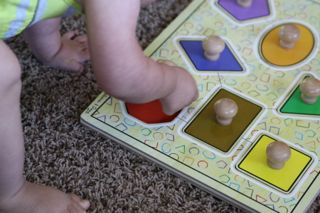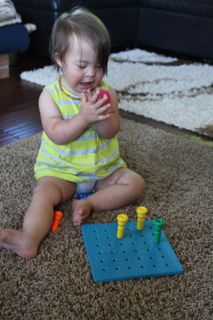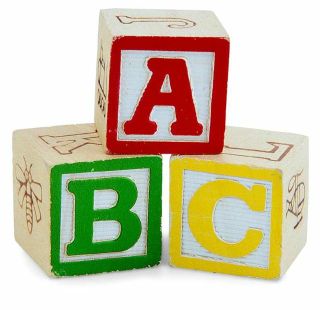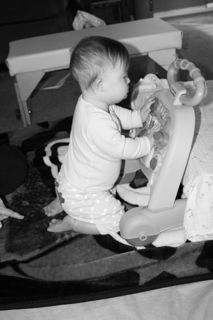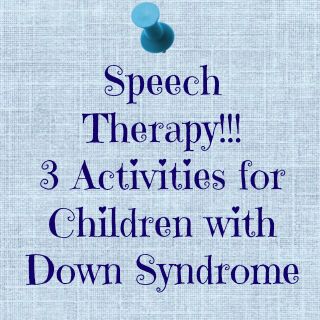Speech Therapy Group
/We have been going to a small speech group once a week for about 9 months (could be longer). I love it! It's Hazel and another little girl. I thought that the group was small at first but the dynamic is perfect. Hazel is very difficult to convince that she should do what we want her to do. It's still often a struggle to get her to sit and focus on one activity for any length of time. She really is a 2 year old. I like that the session encourages interaction between the 2 girls.
DISCLAIMER: I hesitate to give advice on therapy. Every child is different and learns in different ways. I am NOT a SLP (Speech & Language Pathologist). All of this is MY OPINION. I do not claim to be a professional, nor do I know what is best for your children. I know that this works for Hazel and only Hazel. However, I offer this information as a suggestion or an idea that you may want to approach your SLP about. It may work for others, like it works for Hazel. Please seek the advice of a qualified therapist to see if this idea may work for you.
3 reasons why I love our small speech group:

1. Teaches Effective Communication Skills
Teaches turn taking, simple exchanges and eye-contact. In the one-on-one sessions, Hazel's attention span was extremely short and she would lose focus and interest quickly. If it's not her idea, it's not a good idea. Oh...Hazel...sigh. She knows what she likes and she like to be free and not to be told what to do (If only I knew where she got it from?)
Sometimes our only saving grace is that she wants the therapist to see her and notice her so she is always trying to repeat her words or actions to get her attention. When she ignores Hazel and works with the other child, Hazel will be repeating what she is doing/saying.
2. Social Interaction
The 2 girls are often in an exchanges with each other. The are taking turns with the activity the therapist presents. They hold each others hands and sing songs. They take turns doing more physical activities (like going down a slide). Overall, it walks them through a solid model for effective communication. They are learning how to play together.
3. Focus on Individual Needs
Having only the 2 girls works out well. They are both at different levels of speech and they push each other to grow and learn. Hazel does not do well in unstructured, crowded places. For her, 1 other little girl is plenty enough to pay attention to (and that is often a challenge). I find that the Speech Path has enough time to address each child's needs. She can tailor activities to pull on each of the girls strengths. She can spend time working with them one-on-one to encourage better speech practices.
Hope this helps someone out there!!! As a teacher I am thrilled with the dynamic of the group. The kids get all the attention they need in such a small group.
As usual, you are welcomed and encouraged to share any of the activities that you do to promote language development with your little ones! Leave a comment!!




